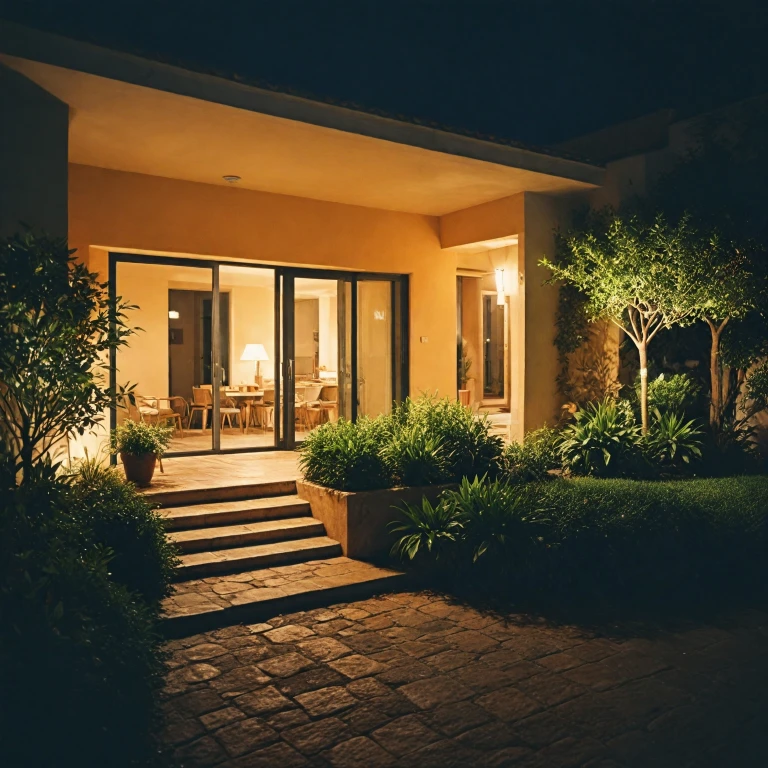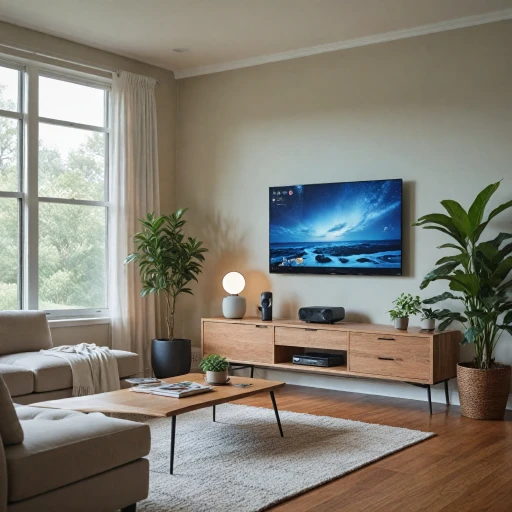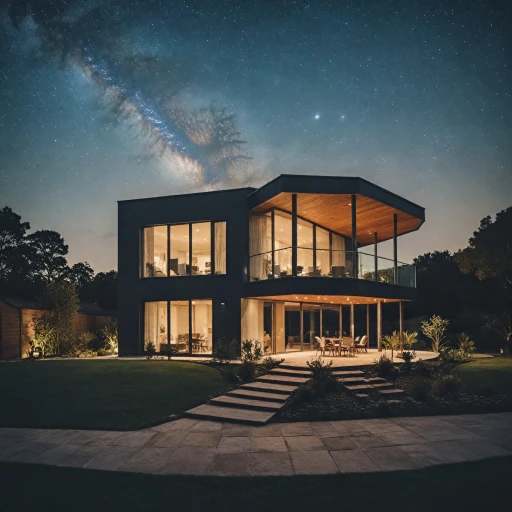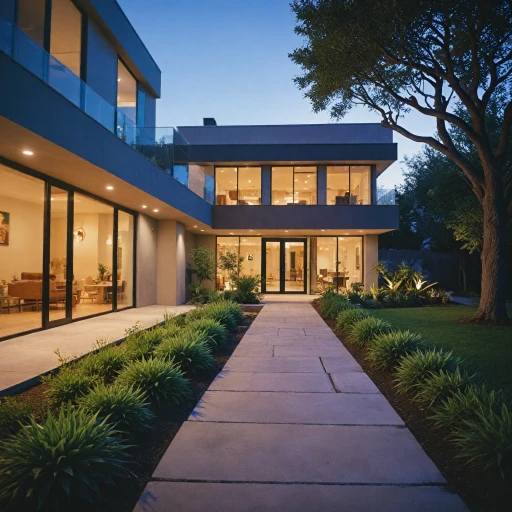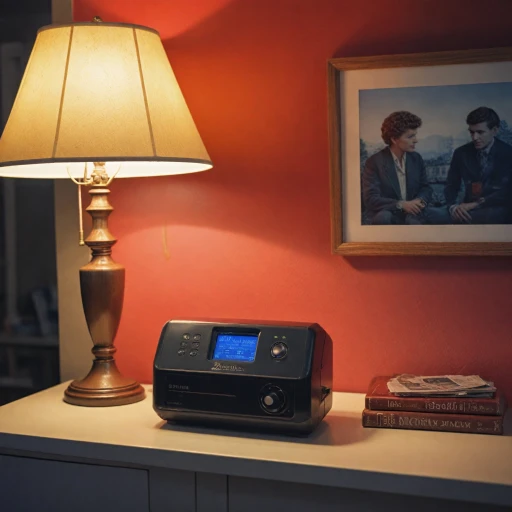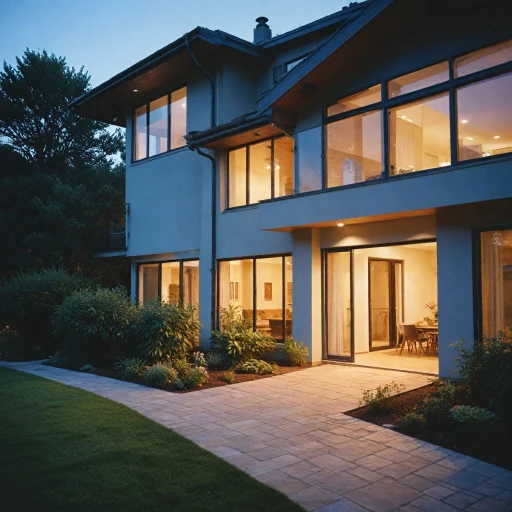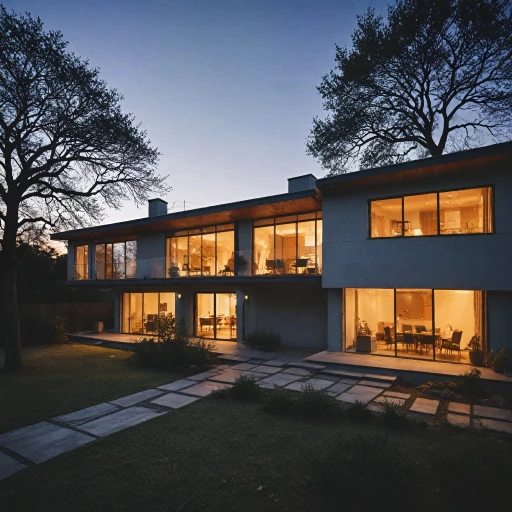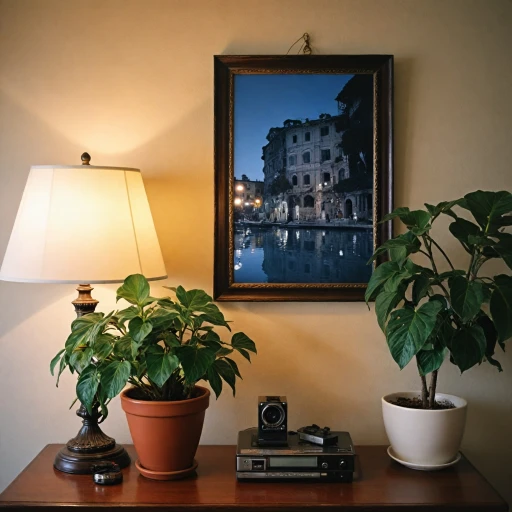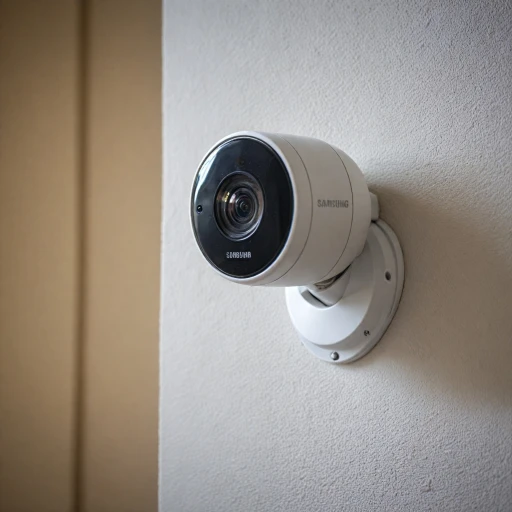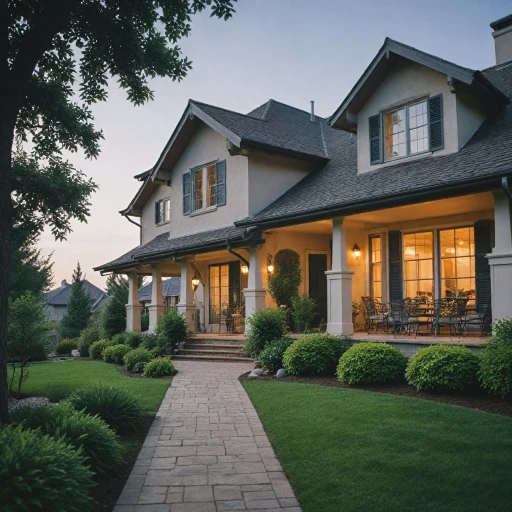
Understanding Infrared Security Cameras
Getting to Know Infrared Technology in Security Cameras
Infrared security cameras are transforming the way we ensure the safety of our homes, offering an advanced solution for monitoring both day and night. These cameras utilize infrared light to capture images and videos in various lighting conditions, providing excellent picture quality even in low light or complete darkness. Unlike traditional camera systems, infrared cameras can detect heat signatures, allowing them to deliver clear images by differentiating objects based on their thermal readings. Infrared lights are essential components of these cameras, enabling night vision capabilities. This technology is often used in conjunction with other features such as motion detection and smart systems, enhancing their efficiency and effectiveness. The application of infrared can vary across different camera systems, with some designed primarily for outdoor use, offering night vision and weather-resistant functionalities, while others are suited for indoor settings where humidity or temperature might be less of a concern. By integrating infrared technology, these devices fill gaps that traditional systems might leave exposed, broadening the security blanket around your property. Whether you are considering outdoor cameras with wide-angle views or indoor security units, the right system can offer peace of mind through reliable surveillance day and night. For further exploration about this technology and its application, you can check out this blog on enhancing home safety with motion-activated security cameras.Benefits of Infrared Cameras for Home Security
Advantages of Infrared in Home Monitoring
Infrared cameras are a powerful tool for home security, offering exceptional advantages over traditional surveillance systems. These cameras make the most of infrared light to capture high-quality video even in low light conditions. Thanks to their advanced night vision capabilities, infrared cameras are designed to see in the dark, making them ideal for both indoor security and outdoor premises.
One of the most significant benefits of implementing infrared technology is its ability to function effectively regardless of day or night. Using infrared light, these systems can capture clear images during nighttime, when standard outdoor cameras might fail. This feature ensures enhanced surveillance, allowing homeowners to monitor any suspicious activity without worrying about lighting limitations. With a broad view radius, particularly in outdoor settings, these cameras ensure a comprehensive monitoring solution.
Furthermore, infrared cameras are well-known for their high resolution and thermal imaging. The thermal capabilities allow cameras to detect movement and heat signatures that are invisible to the naked eye, ensuring a more reliable security system. In this way, infrared systems foster greater peace of mind by offering a sophisticated level of detection and deterrence.
For those considering enhancing their home safety systems, choosing infrared cameras with motion-activated features provides an added layer of security. By detecting motion, these cameras can alert homeowners to any unusual activities, whether by day or night.
In recent times, the incorporation of smart features into these camera systems has become increasingly popular. Many infrared cameras now come equipped with smart technology that enables users to control and access their systems remotely via mobile devices. This innovation allows for real-time monitoring and adjustments, enhancing security and convenience.
Choosing the Right Infrared Security Camera
Finding the Perfect Fit for Your Security Needs
Choosing the right infrared security camera can transform your safety measures, whether indoor or outdoor. When deciding on the ideal camera system, several factors should be considered to ensure that your investment meets your security requirements efficiently. Camera TypeFirstly, determine whether you need outdoor or indoor security cameras. Outdoor cameras are built to withstand weather extremities and generally have a wider field of view. Indoor cameras focus on capturing clear videos in various lighting conditions. Resolution and Image Quality
High-resolution cls HD or 4K cameras capture clear images, important for identifying details, especially in low light or night vision scenarios. With color night vision, enhanced image capture is possible even in low-light conditions. Infrared Night Vision Capabilities
Ensure the cameras come equipped with advanced infrared light features for effective night surveillance. Cameras with thermal or infrared technology offer superior performance in detecting motion and capturing images in darkness. Motion Detection Accuracy
Opt for camera systems with reliable motion detection. This feature minimizes false alarms and ensures accurate detection of movement, a critical aspect for security systems. Smart Integration
Check if the security camera can integrate into a smart home system or platforms such as the Google Home app. Smart integration allows for remote monitoring and interaction with the security setup. Budget and Scalability
Evaluate your budget and consider scalability options should you wish to expand your setup in the future. Investing in a scalable system can provide flexibility as your security needs evolve. Utilizing this comprehensive approach to select a camera infrared system will yield a durable and effective security camera setup. Combining the right features ensures your security measures are both robust and adaptive to technological advancements.
Installation Tips for Infrared Cameras
Effective Tips for Installing Infrared Security Cameras
When setting up an infrared security camera system, placement and positioning are crucial for optimal video coverage and night vision capability. Whether you're installing a comprehensive camera system outdoors or enhancing indoor security, consider the following tips to maximize your camera's performance:- Strategic Placement: Position cameras at entry points such as doors and windows. For outdoor cameras, ensure they cover all possible access routes to your home. Indoor cameras should be installed at locations where they can cover wide areas.
- Optimal Height: Mount cameras at a height that makes them difficult to tamper with but still able to capture clear images. Typically, placing cameras between 8 to 10 feet from the ground offers a good balance between security and coverage.
- Avoiding Obstructions: Ensure that there are no objects blocking the camera’s field of view. Low light performance of your camera might be compromised by large objects, reducing the effectiveness of the cameras' infrared night vision.
- Lighting Considerations: While infrared cameras perform well in low light conditions, avoiding excessive backlighting can help minimize issues with image clarity, especially during night vision recording.
- Motion Detection Settings: Adjust the CLS fill and motion detection features to reduce false alarms, especially for outdoor security systems. Define the area of view that is crucial for your security setup to get accurate motion alerts.
Common Challenges and Solutions
Tackling Installation Hurdles
Setting up your infrared security cameras for optimal performance can sometimes be a challenging task. Factors like ensuring proper camera placement and dealing with the types of light in different environments can complicate the process. However, by acknowledging these common challenges, you can take proactive steps to mitigate potential issues and enhance your overall security system.
Overcoming Night Vision Limitations
While infrared cameras offer remarkable advantages by allowing night vision capabilities, they can still encounter challenges in low light or color night environments. To address this, consider camera systems with superior night vision technology. These cameras utilize infrared light to capture clear video even in complete darkness, ensuring your camera system is ready to detect any level of motion.
Managing Outdoor Obstacles
When installing security cameras outdoors, environmental factors such as weather and obstacles like trees can impact your camera systems' view. Select cameras with durable, weatherproof designs and ensure they're strategically placed to cover the most vulnerable areas without obstruction. Regular maintenance, like cleaning lenses and adjusting the field of view, ensures that your outdoor infrared cameras function optimally.
Indoor Camera Considerations
For indoor security, it's essential to balance aesthetics and functionality. Position your indoor security cameras to maximize surveillance without invading privacy. For instance, ensure that the camera's view does not directly capture private spaces unnecessarily. Additionally, cls fill and stroke width adjustments might be required to optimize the field of view.
Color Night Vision Adjustments
Cameras with advanced features like color night vision require careful calibration. Adjusting settings manually can help, like regulating the intensity of cls fill colors and fine-tuning stroke width, to better capture video footage in varying light conditions.
Ensuring System Integration
For a smart and cohesive home security setup, consider integrating your infrared camera systems with existing security measures. Systems equipped with smart technology can seamlessly connect with other security components, enhancing the overall effectiveness of your home protection strategy.
In conclusion, addressing the common challenges encountered with installing and managing infrared security cameras can significantly enhance the effectiveness of your surveillance systems, both indoors and outdoors.

